In an increasingly crowded and competitive market, Jabra has decided to say goodbye to the consumer sector with one last, brilliant twist. The Elite 10 Gen 2 represent not only the evolution of an already appreciated product, but also a sort of technological testament of a company that made the history of wireless earphones. But let’s proceed in order and discover why these little gems deserve our attention, despite – or perhaps because of – the context in which they are launched.
A sound legacy
Jabra recently unveiled updated versions of its Elite 8 and Elite 10, while simultaneously announcing its recall of consumer earphones from the market. A move that might seem contradictory, but which in reality tells a lot about the current state of the audio industry. Before going into these considerations, however, let’s focus on the product itself: the Elite 10 Gen 2.
Design and Ergonomics: Continuity in Innovation
At first glance, the Elite 10 Gen 2 doesn’t differ much from its predecessor. The case maintains the compact dimensions now standard for the sector, with a precise and soft magnetic opening. The earphones are easy to remove and insert.thanks to an ergonomic grip. The USB-C connector for charging is positioned on the bottom, while the pairing button has been moved to the front, next to the only Status LED.
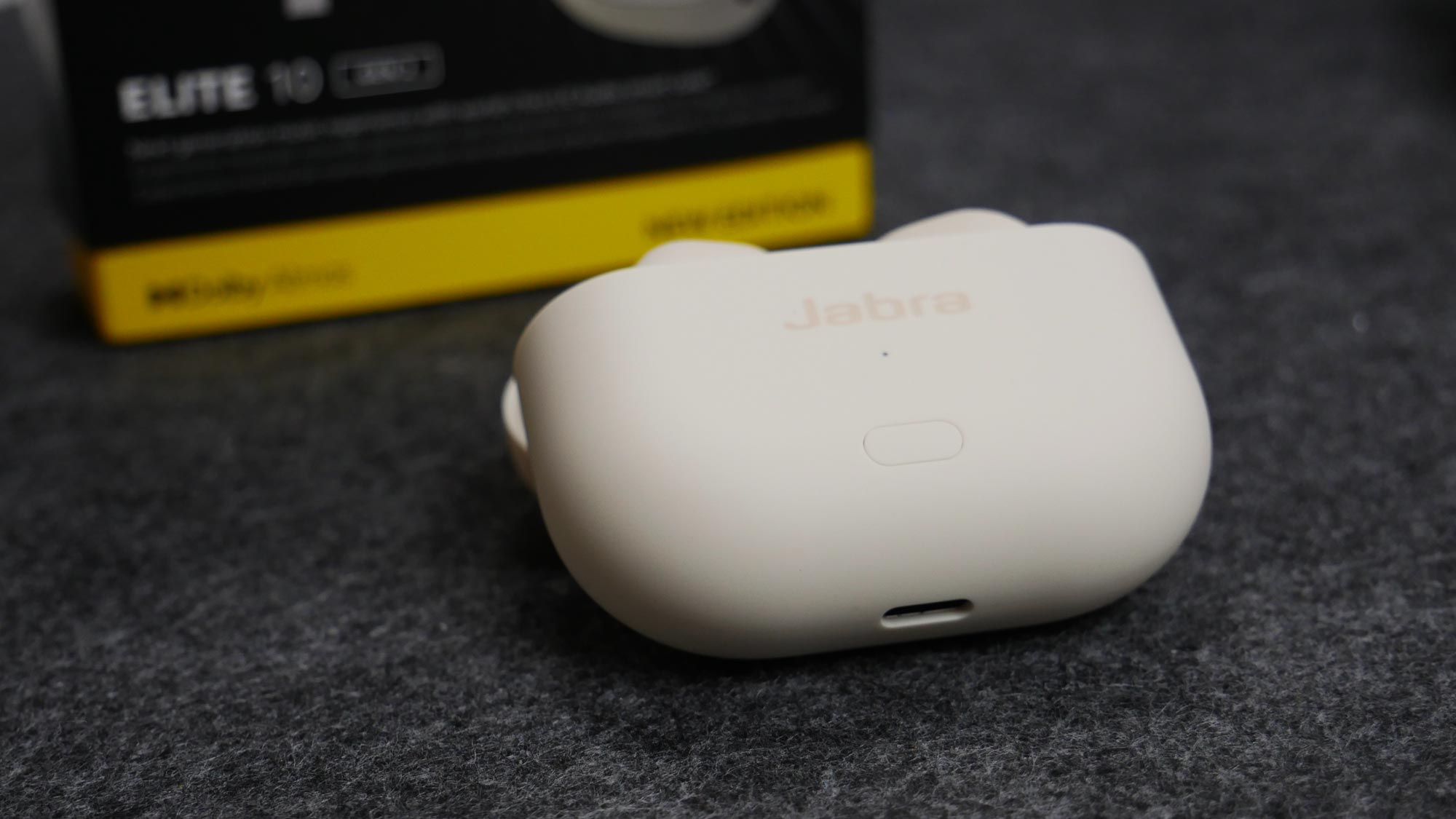
Package includes four sets of rubber tips of different sizes (S, M, L, XL)an inclusive choice that allows for a fit for any ear shape. The earbuds themselves are compact and tapered, designed to fit comfortably in the ear. Their in-ear fit requires a slight twist when inserted, but once in place they offer excellent isolation.
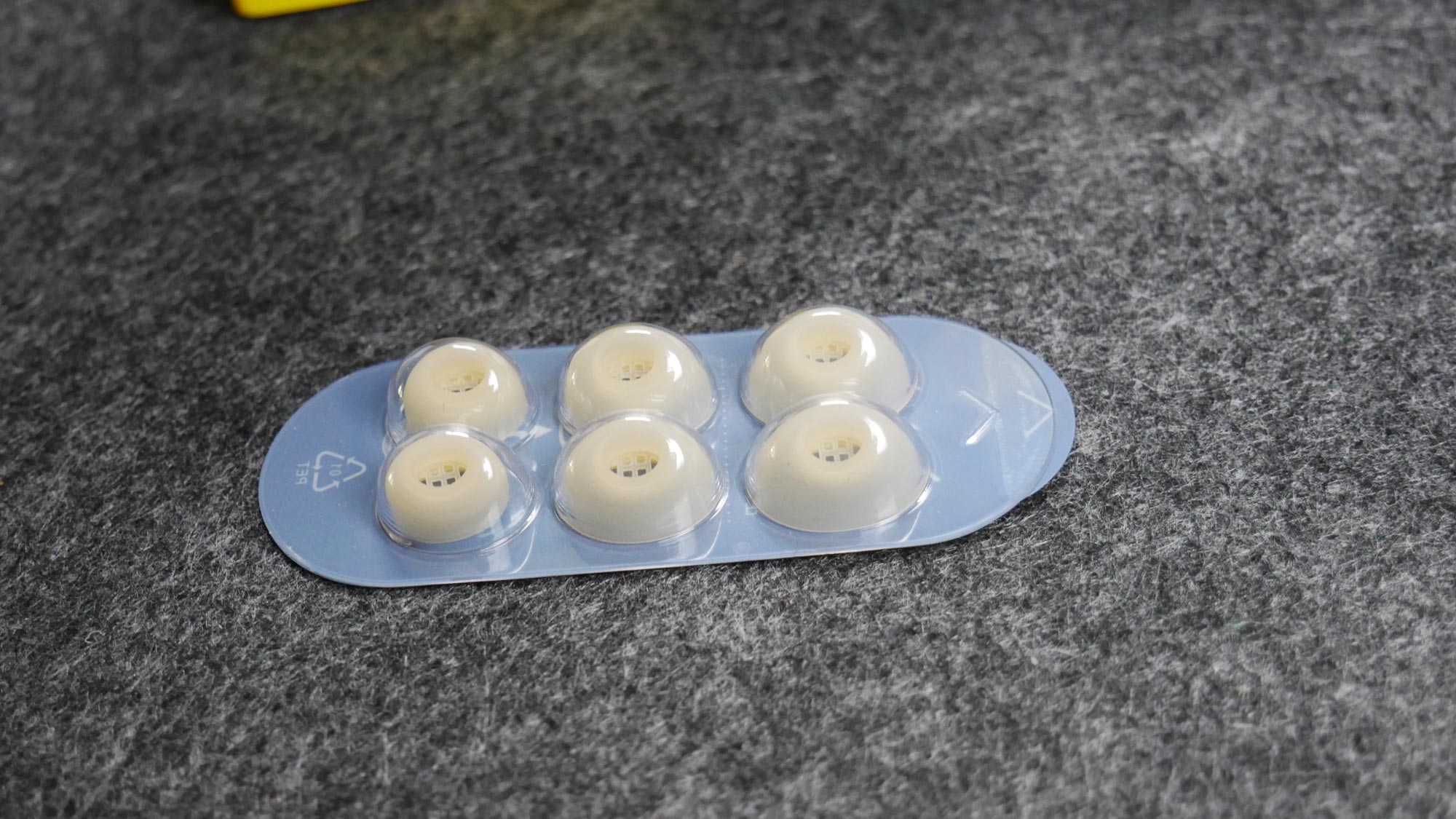
And proximity sensor detects when the earphones are being worn, while the outer surface acts as a touch button, with precise activation that does not require excessive pressure, avoiding discomfort to the ear during use.
Audio performance: balance and versatility
Dal sound point of viewthe Elite 10 Gen 2 does not differ significantly from the previous model, maintaining a linear setting that adapts well to all musical genres. The overall audio quality is top notch.without emphasizing particular frequencies to the detriment of others, thus proving versatile and enjoyable for a wide range of listeners.
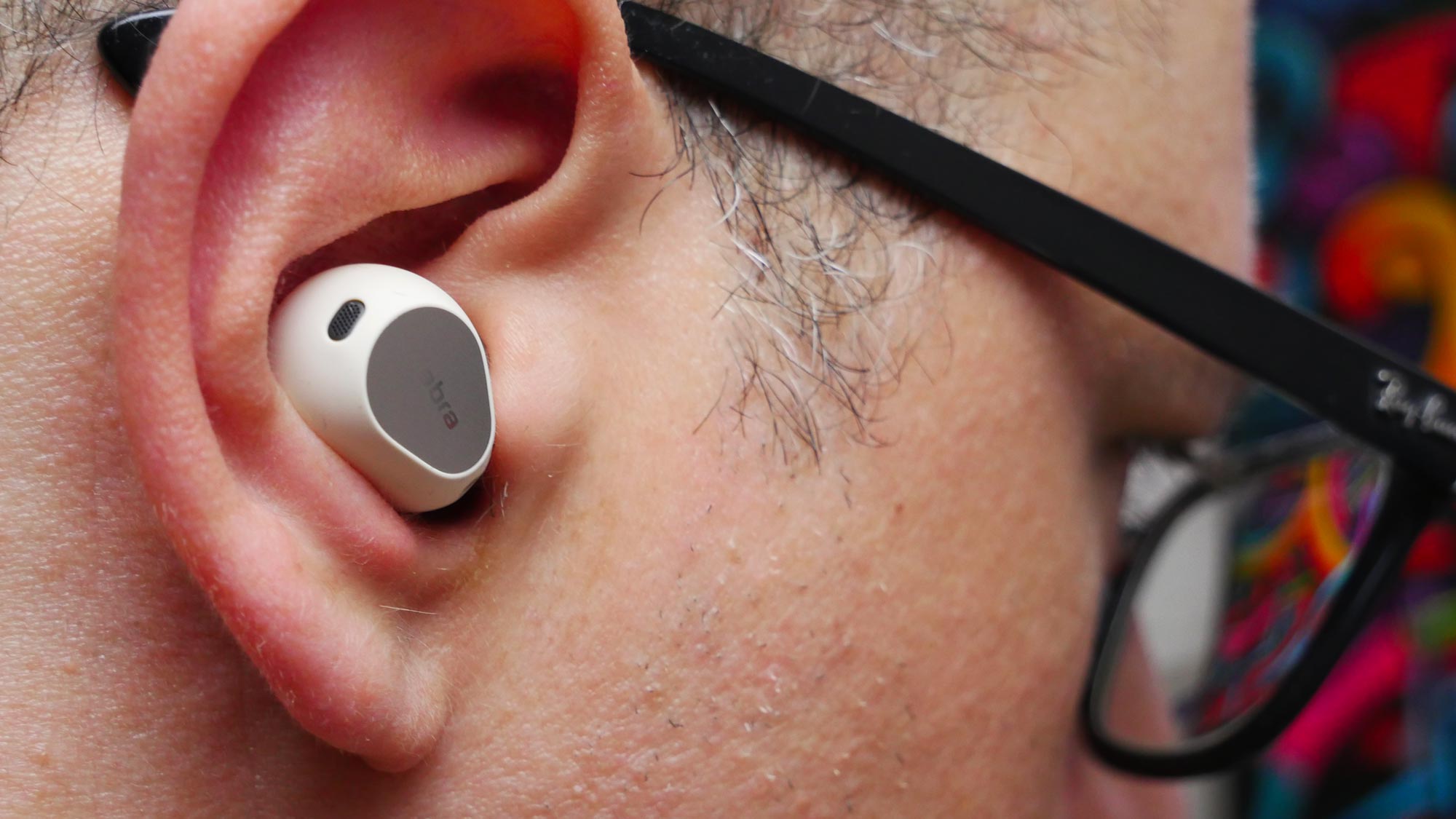
Active noise cancellation (ANC) is effectivealthough it doesn’t quite reach the category-leading standards set by competitors like the AirPods Pro, Sony XM5, or Bose QuietComfort Ultra. However, it falls just below these premium models, offering more than satisfactory performance for most everyday use.
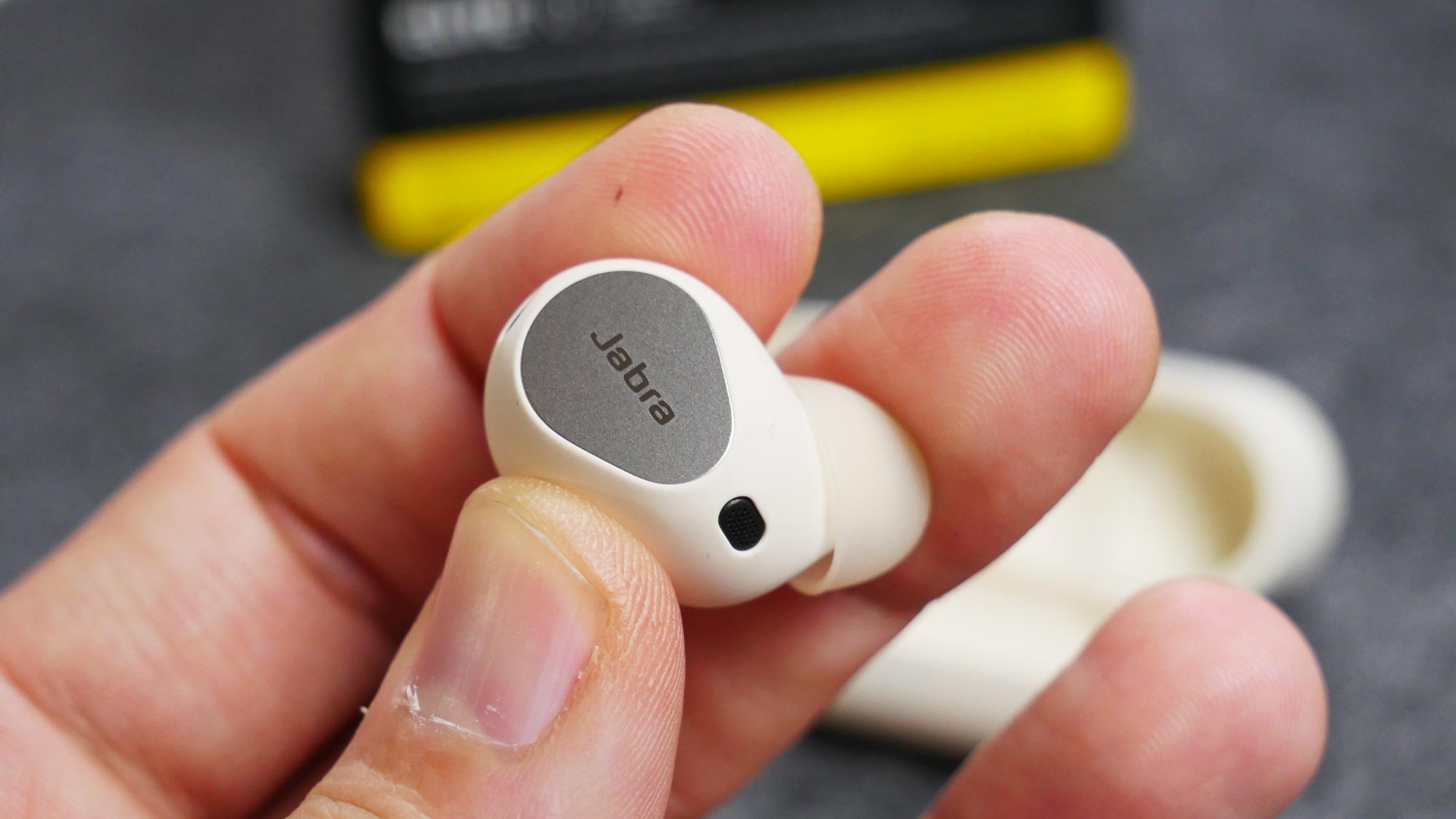
The built-in microphone works very wellwith a wind cancellation function that is particularly useful during outdoor calls. When it comes to phone conversations, the Elite 10 Gen 2 prove to be a reliable and quality companion.
Battery life: sufficient for most users
The Elite 10 Gen 2’s battery offers around 5 hours of continuous use.a value slightly lower than the industry average. The charging case allows for approximately three complete charging cycles. Although there are competing models with longer battery life, for most users This duration will be more than adequateconsidering the typical usage pattern of wireless earphones: relatively short listening sessions interspersed with periods of charging in the case.
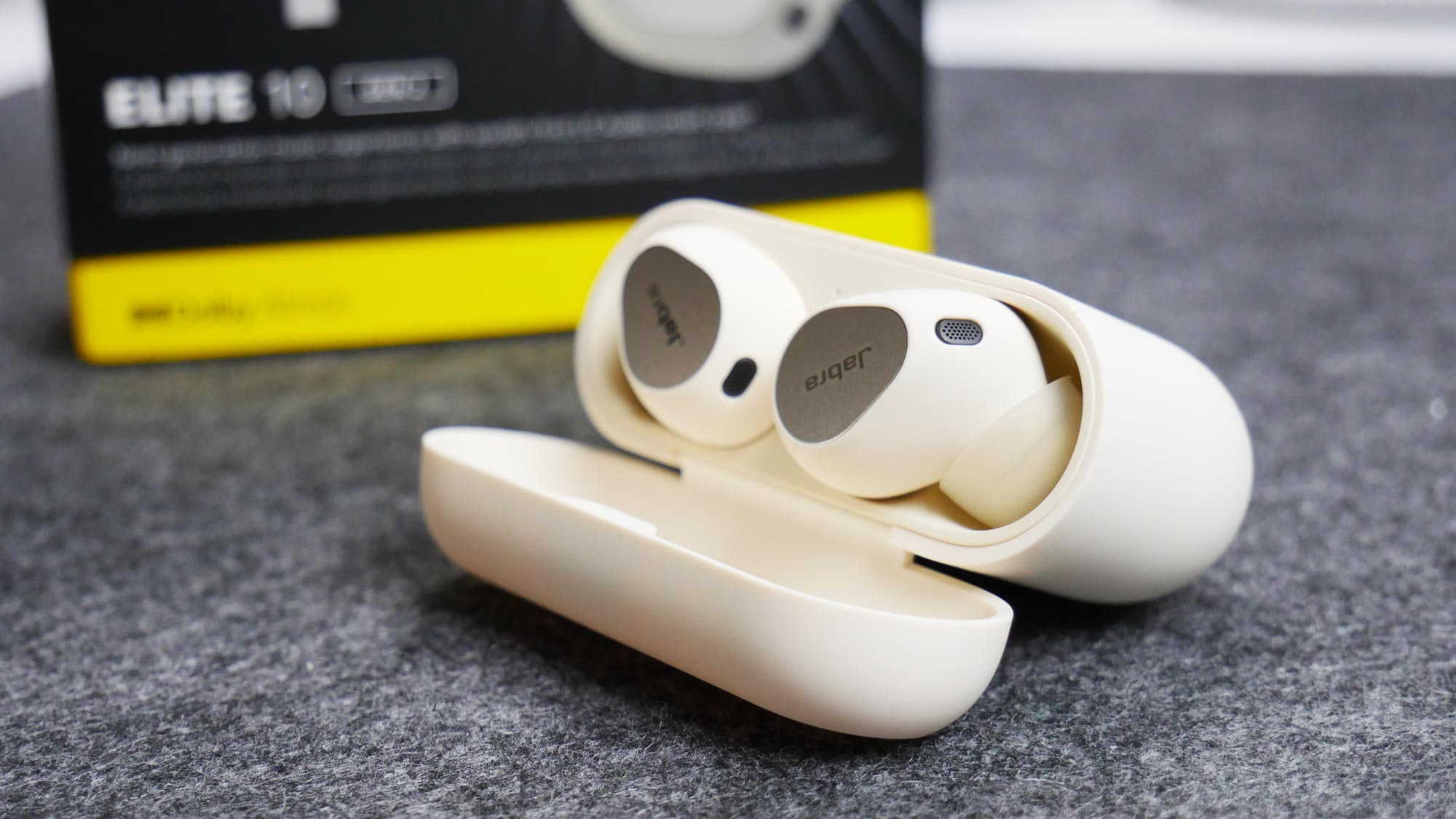
The ace in the hole: unprecedented versatility
The real novelty of the Elite 10 Gen 2 resides in a seemingly banal accessory: the charging cable. In addition to the classic USB-C, Jabra includes a 3.5mm jack adapter which transforms the case into a real audio transmitter. This feature opens up new usage scenarios: from listening to entertainment systems on airplanes to connecting to portable consoles, through use with gym equipment.
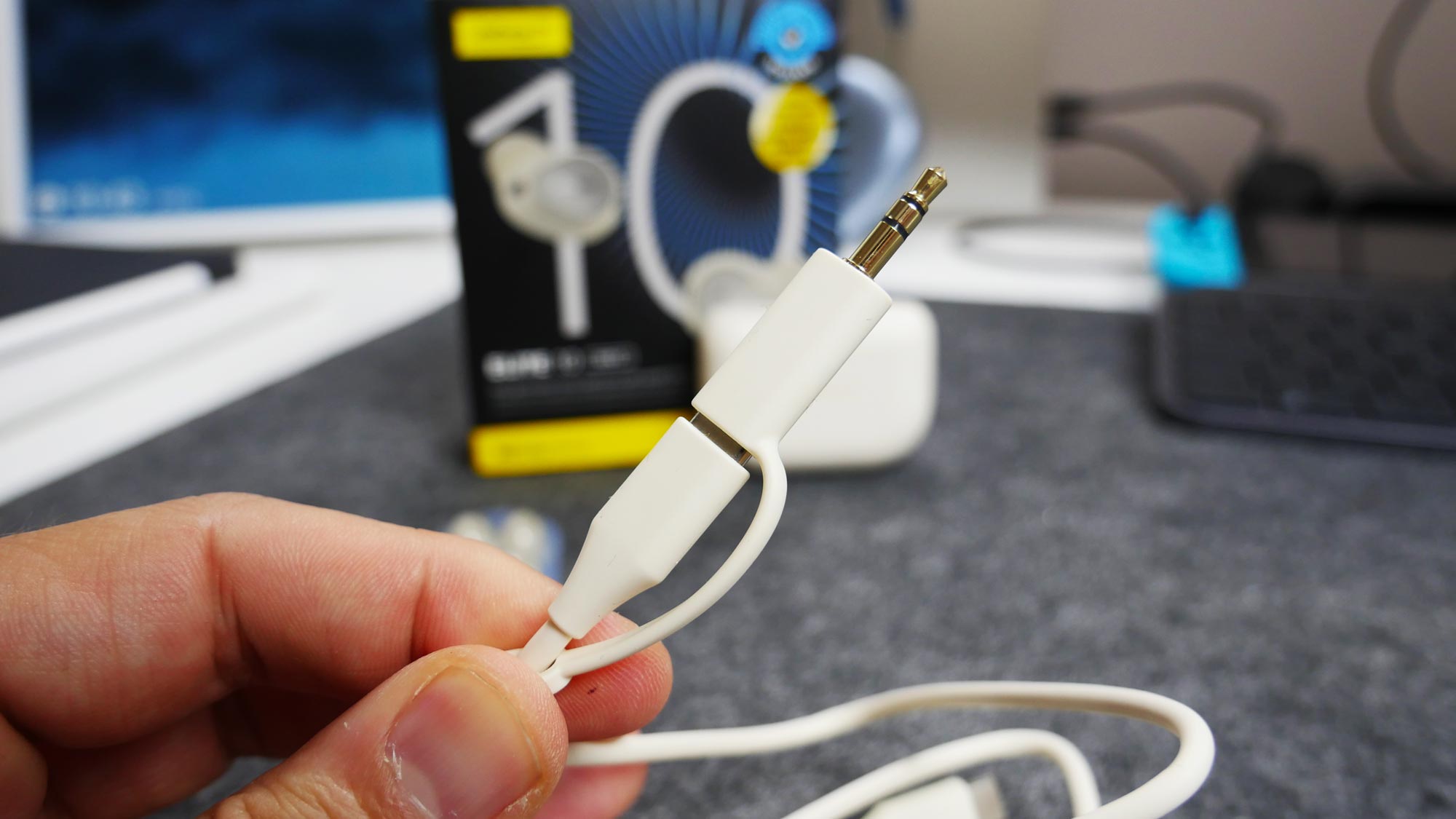
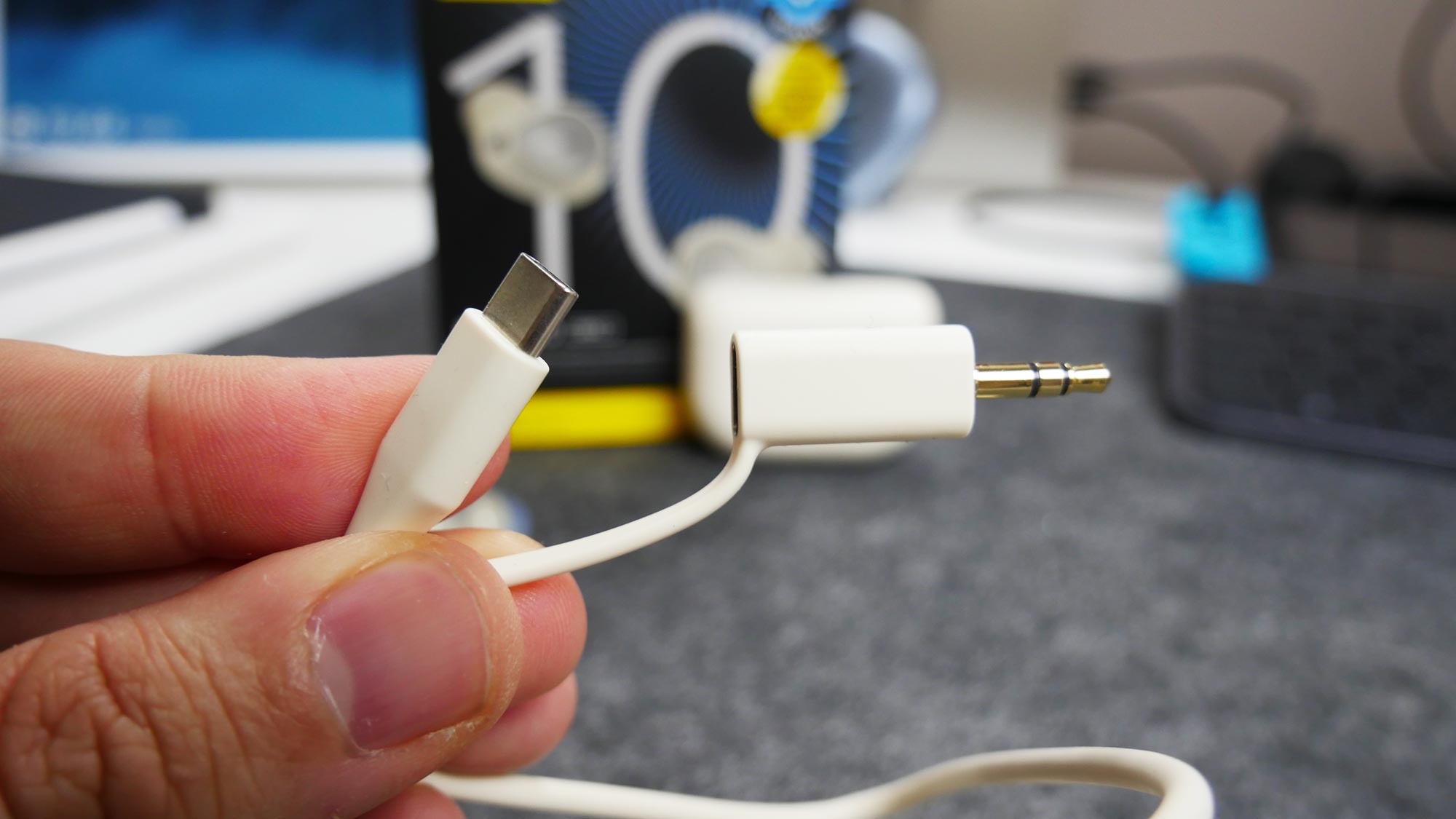
While this isn’t the first time we’ve seen a similar feature on wireless earbuds, Jabra’s implementation stands out for the use of Bluetooth LE, which guarantees audio transmission without perceptible latency, while maintaining the high sound quality and effective ANC that characterize the product.
The price factor: a delicate balance
With a list price of 279 eurosthe Elite 10 Gen 2 is positioned in an intermediate range between the entry-level models and the more expensive top-of-the-range models. Considering that many high-end competitors, although technically superior, are now available at similar prices months after their launch, the proposal of Jabra is competitive especially for those interested in the audio transmission functionality from the case. On the other hand, the first-generation Elite 10, now available at significantly lower prices (around 150 euros), represent an attractive alternative for those looking for high performance without the need for the new transmission function.
The Elephant in the Room: Jabra’s Farewell to the Consumer Market
Jabra’s Decision to Exit the Consumer Headset Business coinciding with a new product launch might seem counterintuitive. However, this move reflects the complex dynamics of an increasingly saturated and competitive market. Jabra, part of the GN Store Nord group with over 150 years of history, is not facing a financial crisis. On the contrary, the choice to focus on other more profitable market segments seems to be the result of a considered corporate strategy.
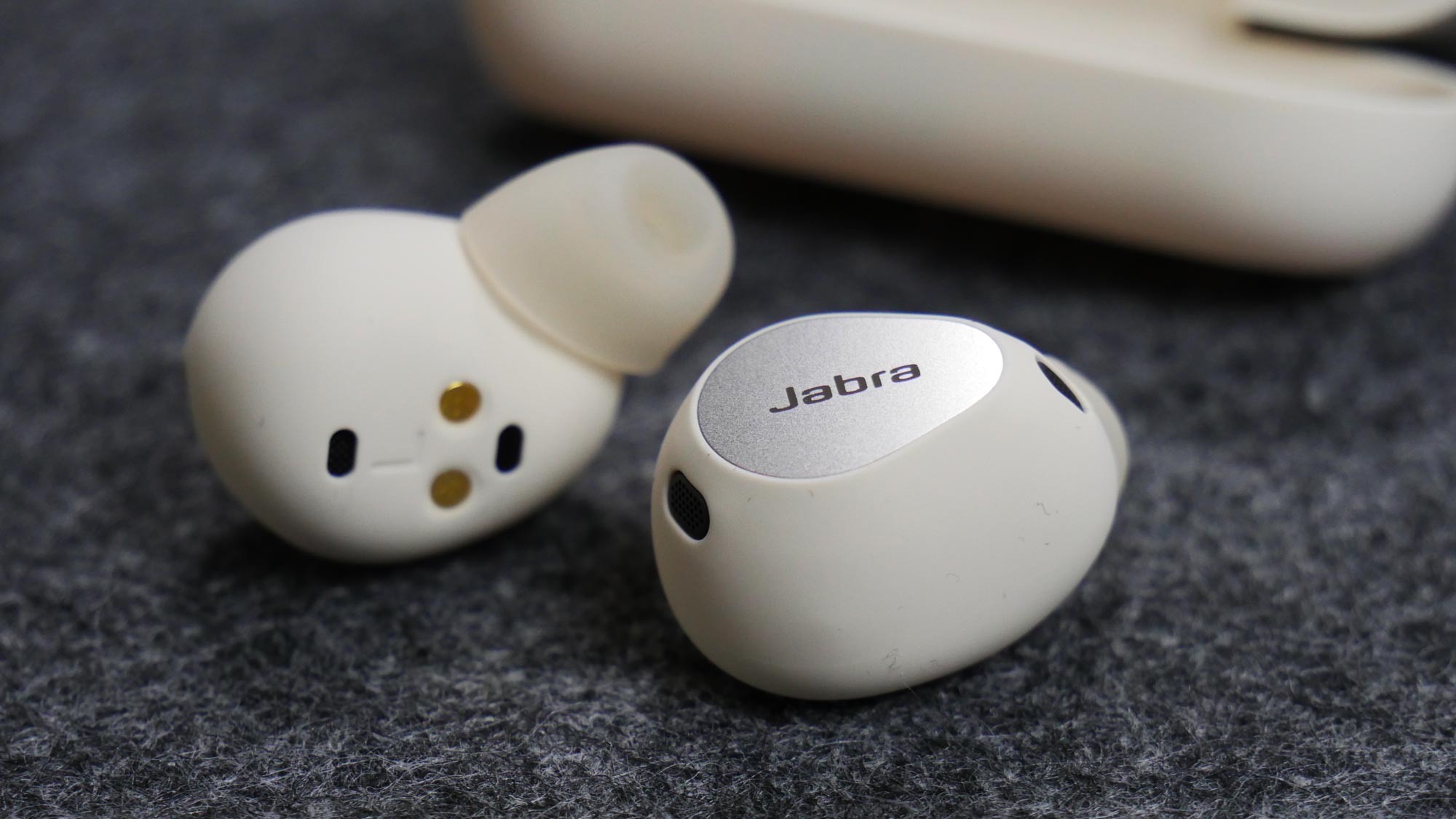
The company assured that it will continue to provide support and warranty for existing productsincluding the new Elite 10 Gen 2. This decision could translate into opportunities for consumers, with possible advantageous offers in the coming months as the company clears out warehouses.
Reasons for a farewell: a market on the edge
Jabra’s decision to abandon the consumer wireless earbuds sector It is symptomatic of a market that has reached a saturation point. Despite the consistent quality of Jabra products, recognized over decades of presence in the industry, the company is facing increasingly difficult challenges:
- Technological flattening: The average quality level of wireless earphones has reached high standards, making it increasingly difficult and expensive to significantly differentiate oneself from the competition.
- Exasperated competition: In addition to traditional audio manufacturers, the market is flooded with smartphone brands and a myriad of low-cost products from the Chinese production chain, capable of offering adequate performance at competitive prices.
- Reduced margins: Price pressure, combined with the high research and development costs required to innovate in a mature industry, makes it increasingly difficult to maintain sustainable profit margins.
- Incremental Innovation: The differences between one model and another, or between competing brands, have become increasingly subtle and difficult for the average user to perceive, making it difficult to justify premium prices.
In this context, only companies with a diversified portfolio or with huge economies of scale can afford to continue investing in such a competitive market. For specialized brands like Jabra, the choice to focus on more profitable market segments seems not only understandable, but probably necessary.
The Future of Wireless Earphones: What’s Next?
The exit of a historic player like Jabra from the wireless consumer earbuds market raises questions about the future of the sector. It is possible that in the coming years we will witness:
- Further consolidation of the market, with the survival of the largest and most versatile brands.
- Niche innovations, such as experimental designs proposed by some brands (e.g. Bose Open Ear Ultra, Huawei Freeclip).
- Integrating AI technologies to offer advanced features and personalization of the listening experience.
- Focus on specialized segments, such as gaming or the professional field, where there is still room for differentiation and higher margins.
Conclusions: the swan song as an opportunity
The Jabra Elite 10 Gen 2 represent an interesting proposition in a saturated market. Their uniqueness lies mainly in their function of audio transmission from the casewhich makes them particularly versatile in specific usage scenarios. For those looking for high-quality True Wireless earphones, with a good price-performance ratio and this additional feature, The Elite 10 Gen 2 are definitely worth considering.
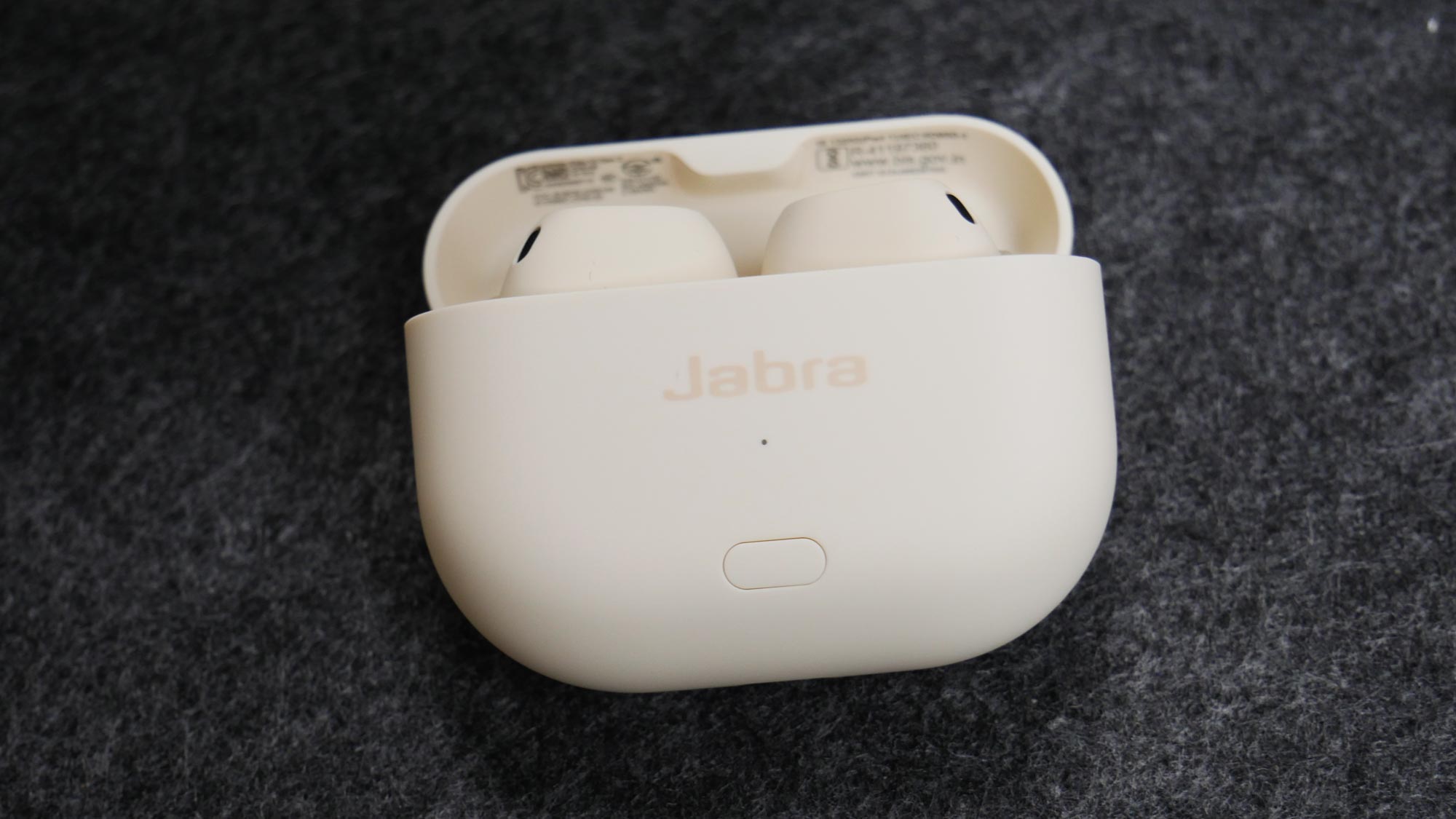
On the other hand, the announcement of Jabra’s exit from the consumer market could translate into interesting buying opportunities in the coming months, both for this model and for others in the Jabra range. Fans of the brand or simply those looking for a bargain should keep an eye out for offers that may arise.
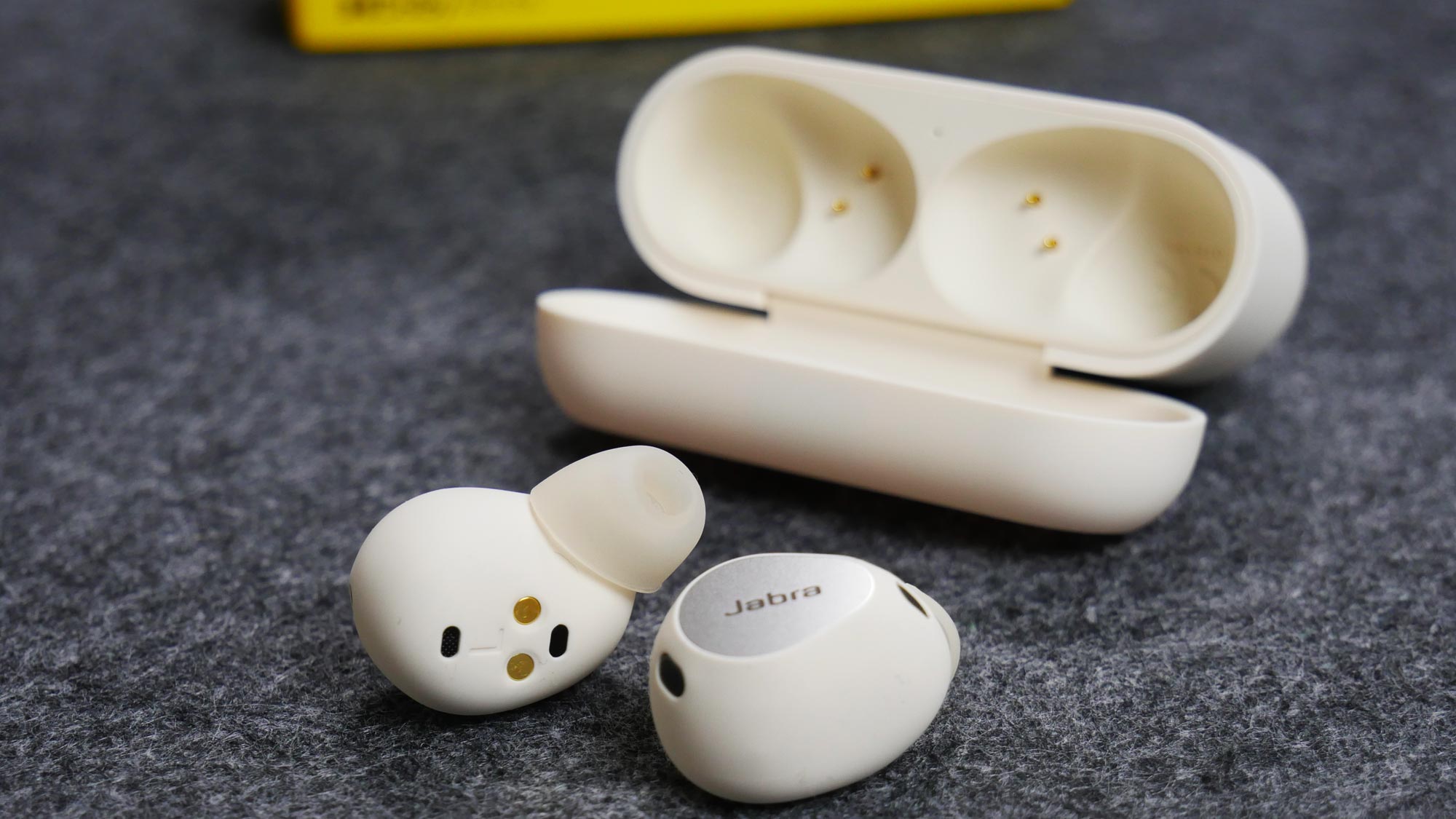
Definitely, The Elite 10 Gen 2 is not just a product, but a symbol of the end of an era. They represent the pinnacle of Jabra’s expertise in consumer wireless earbuds, offering premium performance and unique functionality. Whether they are the last hurrah for a legacy company or the start of a new trend in the audio market, only time will tell. In the meantime, for those looking for quality wireless earbuds with a touch of originality, the Elite 10 Gen 2 remains a more than valid choice.
Source: smarthome.hwupgrade.it


